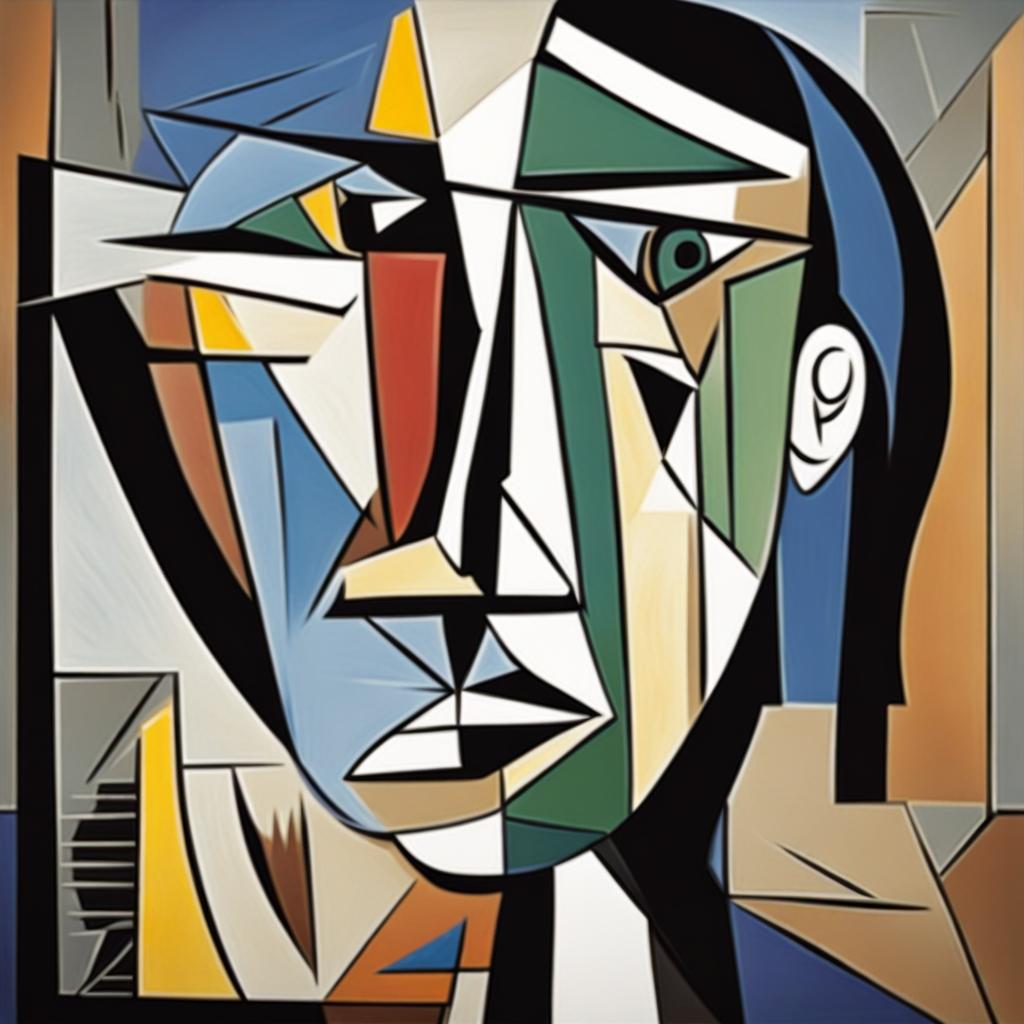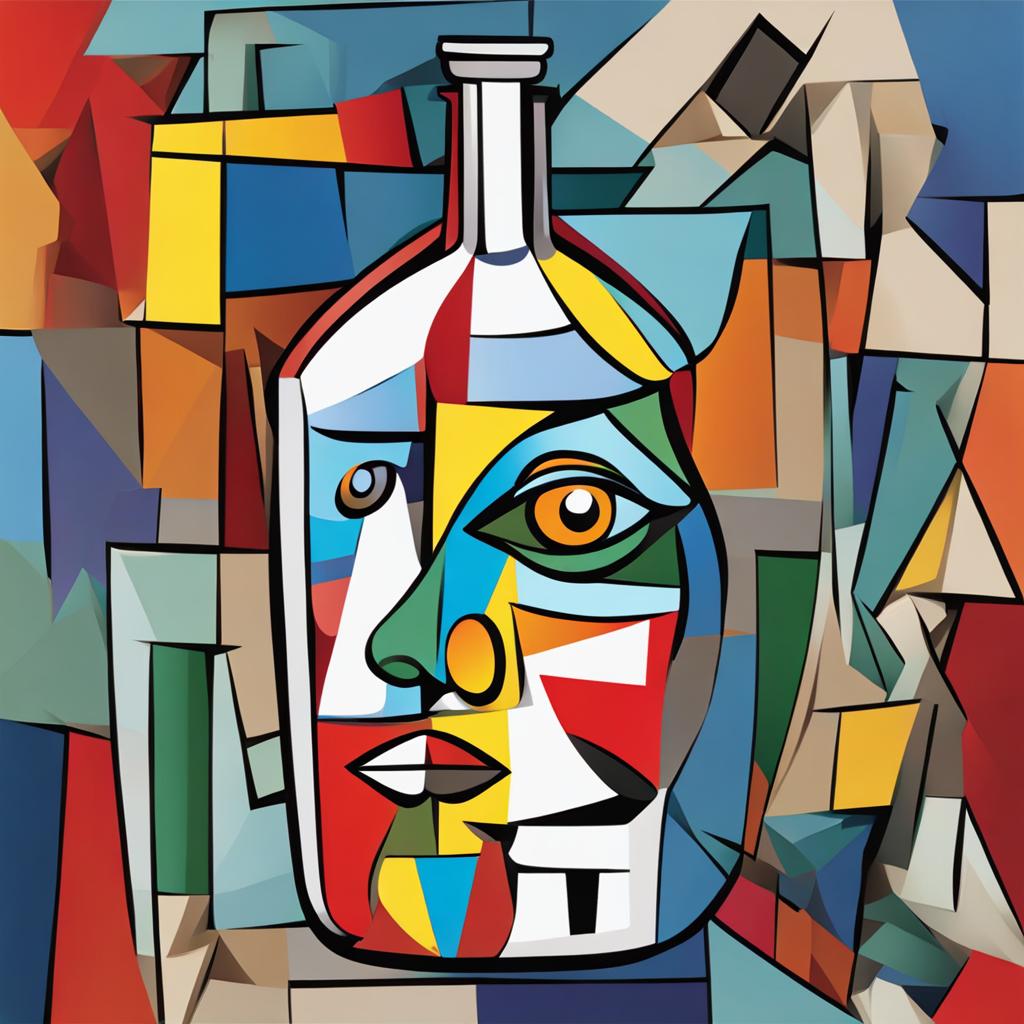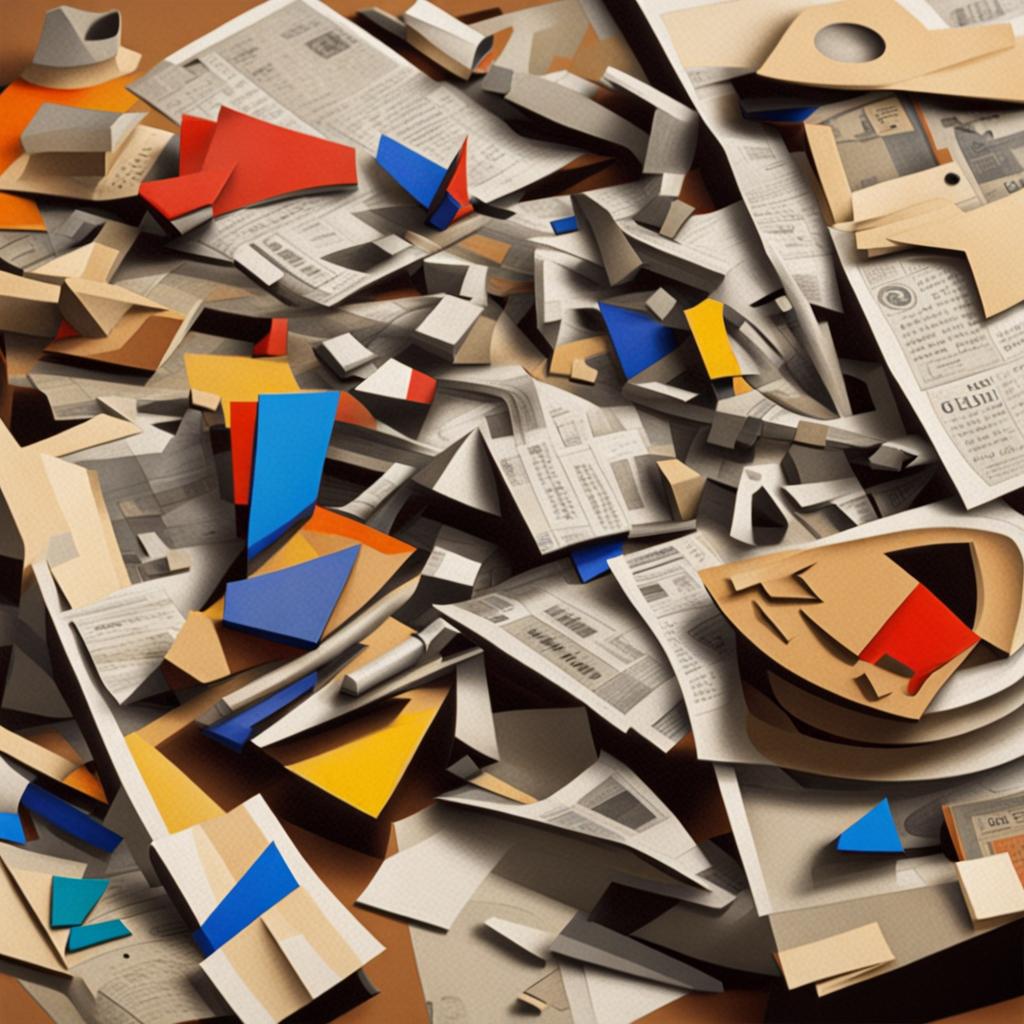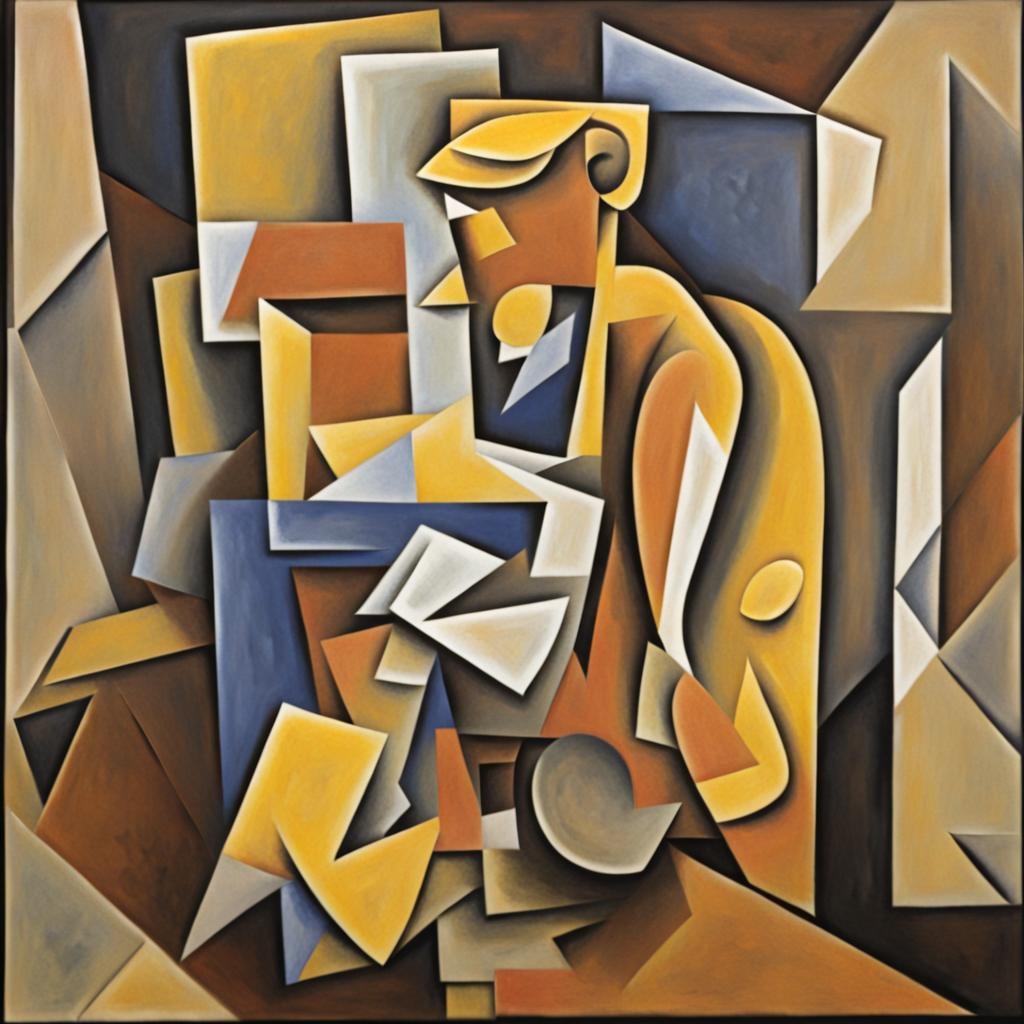Blog
Categories
Search
Last Add

Cubism is one of the most radical movements of the modernist era, offering a completely new understanding of art. This avant-garde movement revolutionized painting and sculpture, challenging traditional notions of representation and changing the perception of reality. Led by artists such as Pablo Picasso and Georges Braque, Cubism broke away from pictorial conventions, replacing one point perspective with multi point perspectives. The Cubists aimed to represent the world as the human eye actually perceives it—a prismatic, ever-changing experience, not a static, perfect image. Art historians divide art movement into two main periods: analytical cubism (1908-1912) and synthetic cubism (1912-1914).
Origin
Around 1907, Pablo Picasso and Georges Braque, developed a new style of painting that transformed everyday objects, landscapes, and people into geometric shapes. The term "Cubism" was first used by the French art critic Louis Vauxcelles, who saw Braque's landscapes in 1908. Vauxcelles called abstract geometric shapes "cubes". And in the revolutionary 1907 painting “Les Demoiselles d'Avignon” (“The Ladies of Avignon”; Museum of Modern Art, New York), Picasso used stylistic elements from African art. According to the popular version, the formation of early Cubism is connected with primitivism and non-Western sources.
The artistic trend is a direct response to the complexities and rapid changes of the modern world caused by industrialization and urbanization. Cubism stands out significantly from many other styles of painting, as artists reject the inherited concept that art must copy nature or that artists must adhere to traditional techniques of perspective and modeling. Cubists aim to portray things as they truly are, not merely how they appear. Painters felt that they could better comprehend subjects, landscapes, or people by presenting them from different angles. Consequently, they utilized flat geometric shapes to represent various sides or angles of objects. Cubists were able to suggest a three-dimensional world and structure without relying on techniques such as perspective or shading.

Artists simultaneously present several views of an object or scene, providing the viewer with a dynamic and multifaceted experience. This revolutionary approach involves dissecting elements and reassembling them, resulting in abstract compositions that demand active participation from the observer. The formation of Cubism has had a significant impact on the history of art.
Analytical Cubism
The early phase of Cubist art, emerged between 1908 and 1912, marking a crucial turning point in the history of painting. Early Cubist works exhibit a distinct visual style, evoking a sense that the artists are approaching reality in an 'analytical' manner. Figures such as Pablo Picasso, Georges Braque, and others begin to explore perception and form. Artists examine subjects from diverse angles, seeking to integrate numerous opposing views into a single, flat space. The end result is a fragmented depiction, where objects like bottles and guitars are portrayed from different perspectives in many early Cubist paintings.
The use of modest colors and monochromatic tones in Analytical Cubist works contributes to the mysterious ambiance. The drawings act as a catalyst for viewers to discern the intricate interplay of forms and perspectives. In Analytical Cubist pieces, objects appear to simultaneously dissolve and fuse together, blurring the boundaries between foreground and background.
Ultimately, the artistic movement aims to represent objects from multiple points of view, breaking them down into geometric shapes and presenting them in a fragmented, abstract form. This movement seeks to analyze and deconstruct traditional pictorial space, offering a complex, multidimensional perspective on subjects.

Synthetic Cubism
The later phase of Cubism, occurring between 1912 and 1914, is distinguished by simpler forms and brighter colors. Synthetic Cubist works portray everyday objects like newspaper clippings and advertising fragments. The integration of these elements introduces new textures, patterns, and colors into the paintings, resulting in a more dynamic and visually appealing style. The incorporation of real objects directly into art represents one of the fundamental ideas of modern art.
Artists such as Picasso, Braque, and Juan Gris pushed the boundaries of traditional painting by incorporating collages and other materials into their works during this innovative phase. This not only expands the possibilities of artistic expression but also lays the foundation for future art movements, which we will explore a little later.

Famous artists
Pablo Picasso, an outstanding figure of the 20th century, is renowned for his profound impact on Cubism, with notable paintings such as "Guernica," "The Women of Algiers", and "Nude, Green Leaves and Bust". Picasso's uniqueness lies in his unparalleled versatility, extending across various styles and artistic approaches. In addition to painting, his artistic footprint extends into diverse fields, including sculpture, ceramics, theater decoration, and more.
Georges Braque, considered the co-founder of Cubism alongside Picasso, dedicated extensive study to the effects and techniques of light and perspective. Focusing primarily on still lifes and landscapes, Braque's love for experimentation significantly contributed to the evolution of the Cubist movement. Some of his famous works include “Bather”, “The Portuguese”, et al.
Juan Gris holds a special place in Synthetic Cubism, infusing a unique sensibility into the movement. Employing bold, bright colors and diverse materials in his art, Gris showcased mastery and innovative artistic techniques. Notable paintings such as “Violin and Playing Cards” and “Still Life with Guitar” exemplify his distinctive contributions to the Cubist aesthetic.

Influence
The exploration of multiple perspectives and the fragmentation of forms in Cubism opened doors for artists to master a new dimension of visual expression. Beyond its impact on painting and sculpture, Cubism's influence resonates across diverse creative disciplines. In literature, writers and poets found inspiration in the movement's emphasis on multiple points of view, fragmented narratives, and abstract language, giving rise to Literary Cubism. Renowned figures such as James Joyce, Virginia Woolf, Gertrude Stein, William Faulkner, and others experimented with writing influenced by Cubist principles.
In the realm of music, Igor Stravinsky incorporated Cubist ideas into his compositions. Additionally, Cubism left an indelible mark on photography, with artists like Alexander Rodchenko and Laszlo Moholy-Nagy exploring its principles in their visual works.
The architect Le Corbusier and the designer Eileen Gray were significantly influenced by Cubist principles, producing iconic works that resonate with the essence of the movement. Moreover, the abstraction inherent in Cubism laid the foundation for the development of abstract art, with artists like Wassily Kandinsky and Piet Mondrian pushing the boundaries of non-representational expression.
Cubism's impact extends beyond its immediate realm, playing a pivotal role in the formation of various artistic movements. Notable examples include Dadaism, Futurism, Constructivism, Surrealist movements, Abstract Expressionism, and others.
Sum up
Cubism stands out as a revolutionary art movement that emerged in the early 20th century. It endeavors to simultaneously present numerous points of view and aspects of a subject, breaking it down into geometric and fragmentary forms. In its opposition to traditional representation, Cubism serves as the cornerstone of modern art, inspiring further artistic development.


